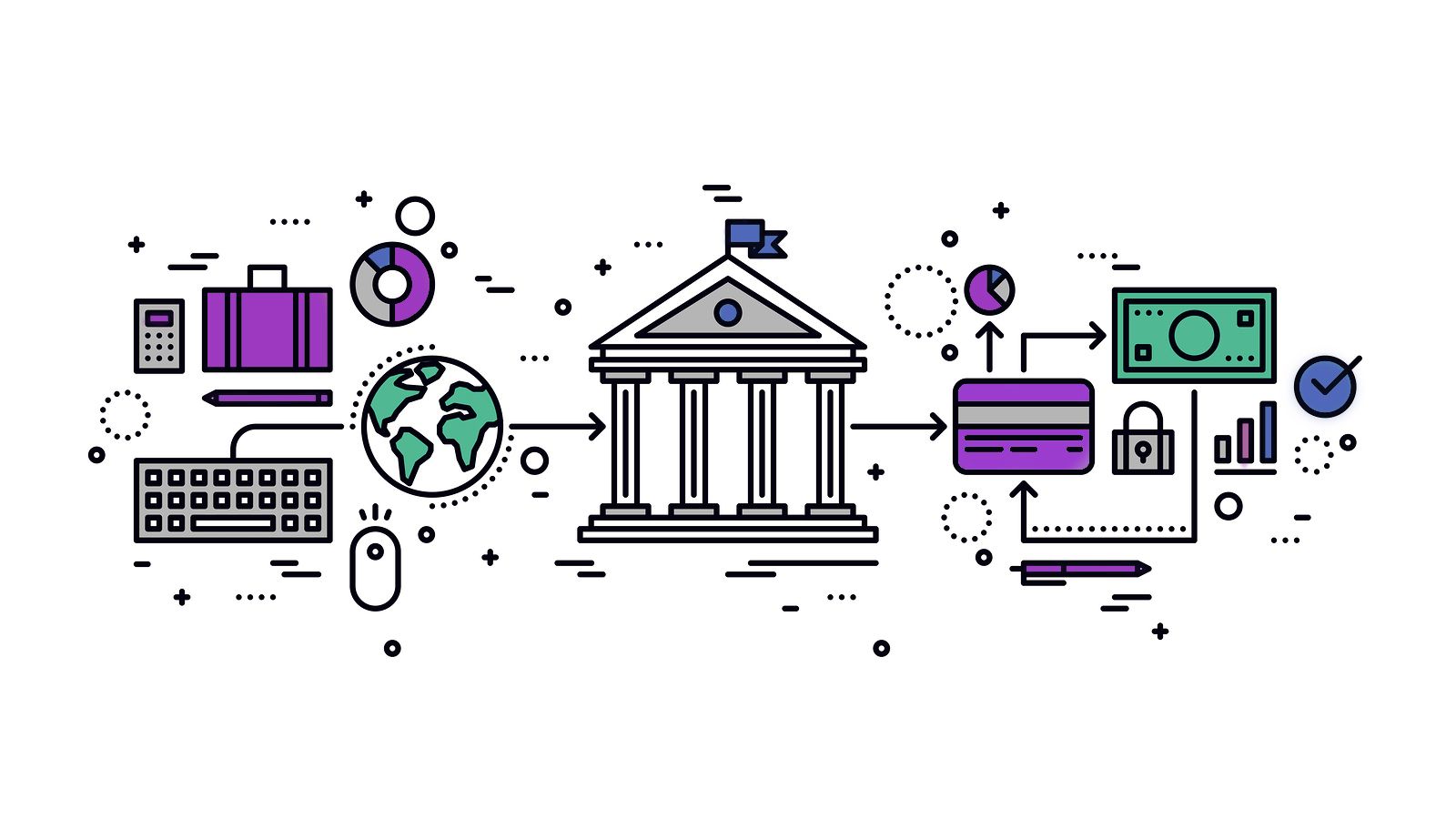Our Head of Ops, Elise, talks about Open Banking, what it means and why you should be excited about it.
Payment-related buzzwords are really in at the moment. PSD2. Open Banking. Open data. Open access. You name it. But what does this shift towards open banking really mean for the millions of users in the UK who bank in some way, shape or form?
Let’s go back to the start.
Over the last decade we’ve seen a general movement towards digitalisation of banking. Today’s demand is an anytime, anywhere sort of banking and the tech-savvy consumer expects an innovative, robust, secure and optimised solution for personal finance.
So?
For the big banks, the number of customers braving their branches has fallen dramatically (~30%) over the past three years. Similarly, 10% more payments were made online this year versus last. Cash is now prehistoric. Over three times as many contactless payments were made in 2015 than 2014. Incumbent banks are being disrupted so much so that Accenture estimates that different business models could impact up to 80% of existing banking revenues by 2020.
What has driven this wave of digitalisation?
The leading driver of this trend is the changing face of consumer behaviour. Users have become accustomed to using digital applications in all aspects of their life, and banking has seen this transformation too.
How often do you get cash out or pay for something with a note? There are food stalls in the middle of nowhere where vendors have izettle readers hooked to their smartphones. The rise of contactless and faster payments has made money transfers seamless and, even the big banks have apps (shocker!). However, their offering is nowhere as consumer-centric as it should be.
How’s the policy keeping up?
Next year, the EU will be putting a new piece of regulation in place: this is the Second Payment Services Directive, otherwise known as PSD2.
Tell me more.
PSD2 is built upon the principle that individuals own their personal data and should therefore be able to choose how it is used and with whom it is shared.
Open banking provides a new framework whereby transactional data can be shared across lenders and businesses.
How?
The two main drivers will be open APIs and positive customer consent. These will enable bank customers — both businesses and consumers — to give third-party permission to retrieve their account data from their banks. Third-party providers can then act as a connecting point between users’ financial institutions, and in some cases initiate payments for users directly from their bank accounts.
It’s about time we broke the banks’ monopoly on user data.
The customer consent piece is huge. Strong customer authentication (SCA) will come into play; this means that in some circumstances customers may need to give two forms of authentication to confirm a transaction. In a similar vein, banks will transform their T&Cs to make clear that consumer data belongs to the consumer, not the banks themselves. You’ll decide who you give your data to…and for what.
Ultimately, this will mean new journeys for everyone involved — the bank, the consumer and third-party services — and that payment services will need to deliver flexible, consumer-driven experiences.
Personal finance beyond traditional banking…
Open banking will foster transparency, innovation and financial security in the single market, encourage a level playing field between payment service providers and more importantly, give users back control over their data.
Why would I want to share my data? My bank already has an app…
1. Transparency
Open banking will forge a safer and more secure infrastructure for payments. Consumers will also see a move towards a holistic sort of finance which will go beyond traditional banking. They’ll get visibility on short-term spending, month-to-month outgoings, longer-term investments goals — university or retirement— to name a few. They’ll get a bird’s eye view of their financial situation.
2. Actionability
Open banking will make this information more transparent and actionable. Bad loans and deals may get swapped for better ones, outdated subscriptions picked up and wiped clean, money saved from these decisions turned into more money with diversified investment options. Payment services won’t just show you how to better save, but they’ll do it for you at the same time (…enter Plum).
Accountants and financial advisers are typically for the rich — open banking will make this available to everyone. This is Plum’s vision.
What else? Most people don’t have all their accounts with one bank. New services will allow customers to manage their finances all in one. So, you’ll be able to link data from Lloyds, Barclays and HSBC (or scrap that, Monzo) all into one place and better still, the information will be real-time. Similarly, families will be able to better manage their money as payment services help them pull this picture together more clearly.
All this said, we’re moving to a place where consumers will finally know their own financial situation better than their bank. Here at Plum, we’ve always been consumer focused. As the payments world moves towards better horizons, we’ll continue our endeavor to give you the best handle over your money.
The days of banks charging you an astronomical (but invisible) 15% fee for transferring money abroad are over. The world of money is moving in a more socially-conscious direction, where customers are openly shown how they can save money (hello Plum’s new utility switching feature!) rather than sent down a blind alley of hidden fees and planted payments (just look at the 1.2 billion a year made by banks from unarranged overdraft fees). The dawn of a personal finance that works for you rather than against you has come, and it’s starting right here with your AI-powered financial assistant called Plum 😉

